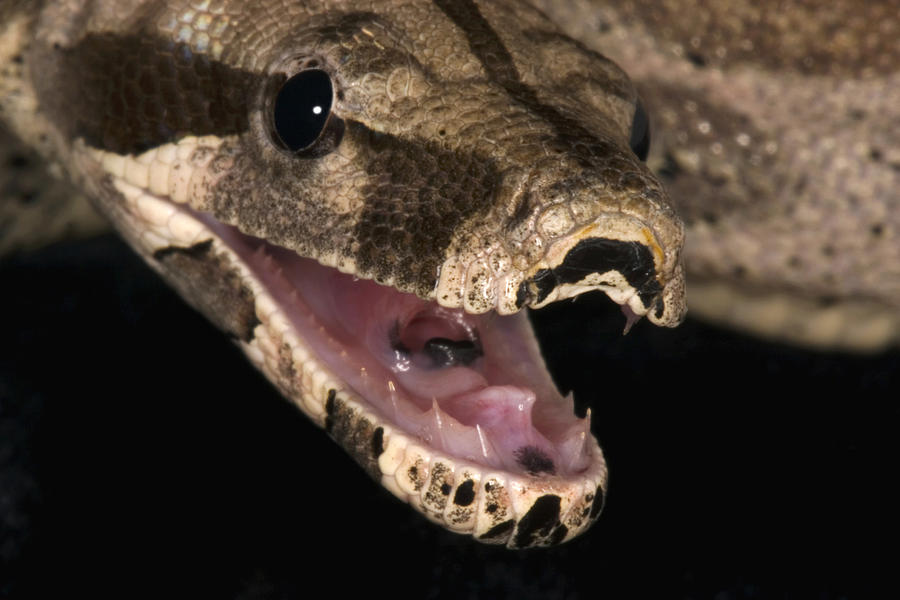
To prevent regurgitation, don’t handle your snake for a few days after feeding.įresh water should be available at all times. Another important point when trying to entice a snake to eat is to make sure to keep it within the proper temperature range (for ball pythons, this is 80 to 95 degrees Fahrenheit). Imported balls may not recognize the classic white mouse as normal prey and, by substituting a brown mouse, gerbil or hamster, your snake may be more likely to eat. Handle your snake as little as possible at feeding time. If your ball python is reluctant to eat, try feeding it at night in the dark because they’re nocturnal creatures.


Balls tend to be shy feeders and do best with a dark box for shelter. They’re bred in greater numbers in this country every year, but some imports are still offered routinely for sale. They don’t grow quickly to an unmanageable size and are quite docile. How often should a snake be fed? A good rule of thumb is to feed juvenile boids (boas and pythons) an appropriately sized meal every 6 or 7 days, and adults, every 7 to 14 days.īall pythons are common pets. Believe me, snake bites are painful and prone to becoming infected, requiring a visit to your human physician. To a ravenous snake, anything that moves is fair game, and it is in your best interest to keep fingers and hands out of striking distance. Don’t use your fingers to dangle dinner in front of a hungry snake! Use tongs, tweezers or a hemostat, instead. Most snakes can be easily trained to feed on dead prey. How does one convince a snake to eat a dead rodent? That’s simple! Jiggle the warmed rodent by its tail, and a hungry snake will usually strike at, and then quickly consume it. You can also purchase frozen vacuum-packed rodents through the mail. Many pet stores now offer frozen rodents that simply need defrosting prior to feeding, eliminating purchasing live rodents that need to be killed before feeding. You should never feed a snake live prey items! I have seen too many snakes with terrible bite wounds along their backs from a hungry rodent left in the cage with a snake that wasn’t hungry. You should always consult with your herp veterinarian prior to doing this, however. This can be rectified by judiciously dusting a calcium supplement onto a pinkie prior to feeding it to your pet snake.

If a snake eats pinkies as the sole or major portion of the diet, it may develop a calcium deficiency after a period of time. The bones of a pinkie contain more cartilage and less calcium than the bones of older mice. Pinkies are baby mice, and therefore don’t yet have a well-developed skeletal system. Since snakes usually consume their dinner whole they usually get a good balance of nutrients.Īn exception to this is when a snake is ill or for some other reason, will only consume pinkies. These are different ages and sizes of mice destined to be snake food. You may have seen advertisements for pinkies, fuzzies, hoppers, weanes or weans, smalls and adults.

Small snakes eating pinkies usually graduate to consuming older and larger mice. When considering purchasing a snake for a pet, make sure it’s eating at the pet store prior to bringing it home. Snakes in the wild may eat mammals, birds, other reptiles, amphibians, fish, worms and insects. Some snakes start off eating lizards and are switched over to pinkies before being offered for sale in the pet trade. Boas and pythons, which are commonly kept as pets, usually begin eating baby mice, called pinkies. Snakes should be taught to eat dead prey items to prevent dangerous bites from rodents. It’s easy to provide a snake with a balanced diet, since snakes, being carnivores, consume whole prey items.


 0 kommentar(er)
0 kommentar(er)
